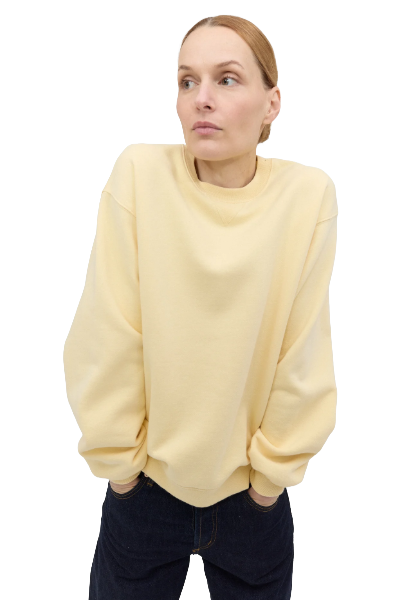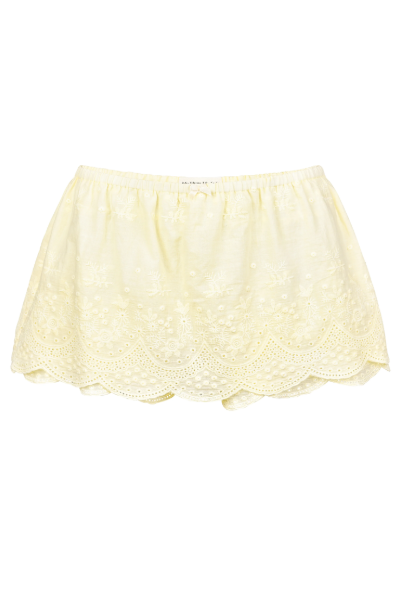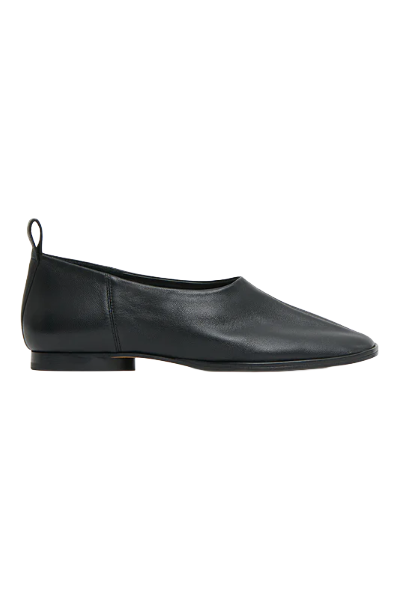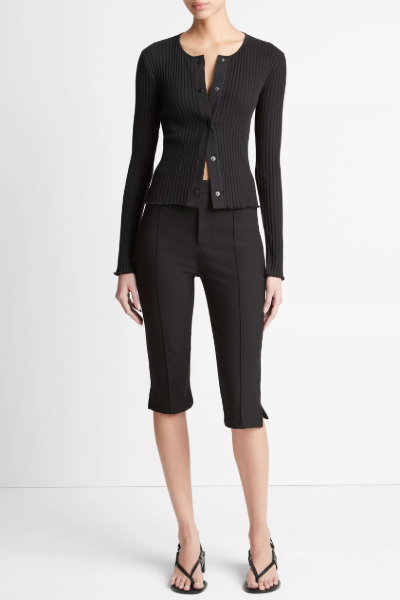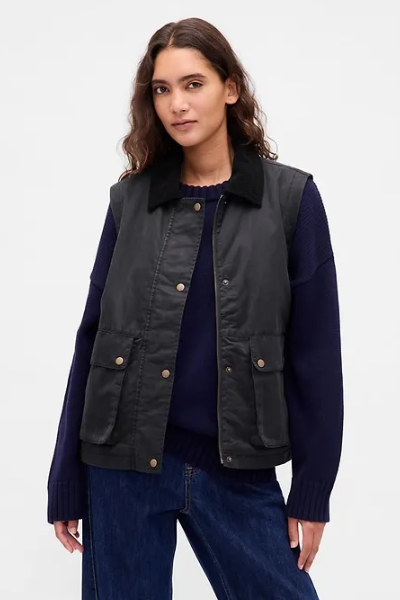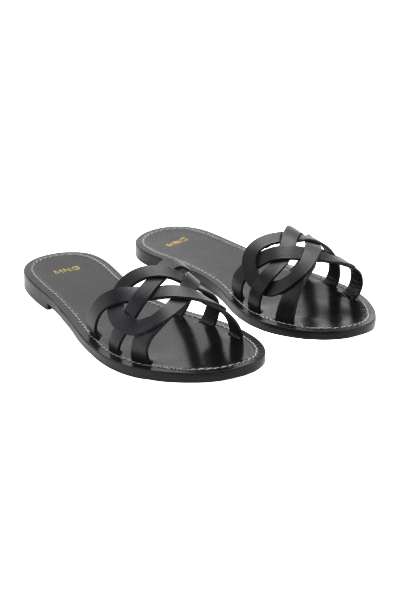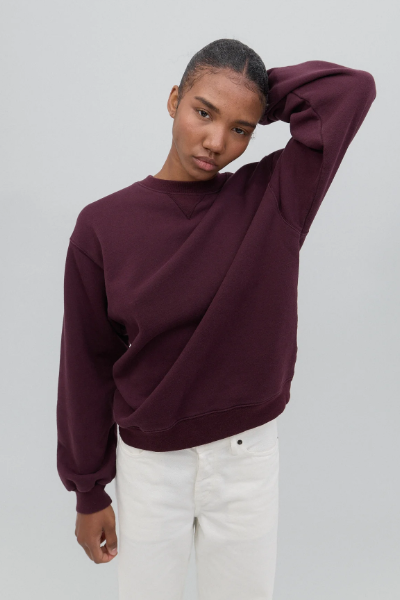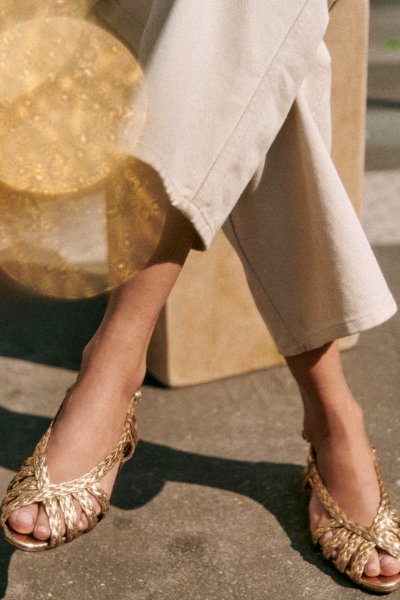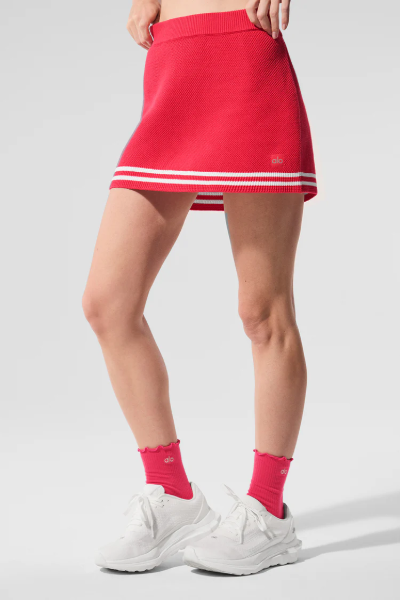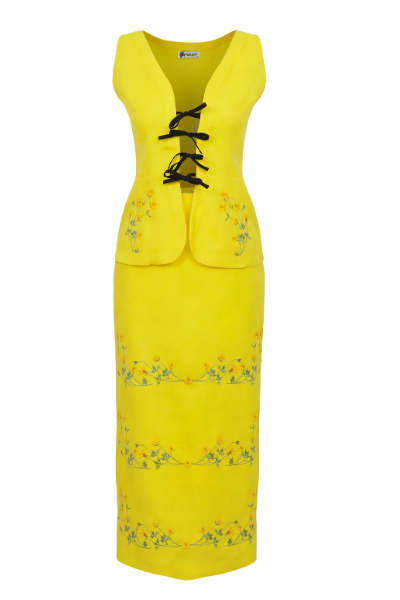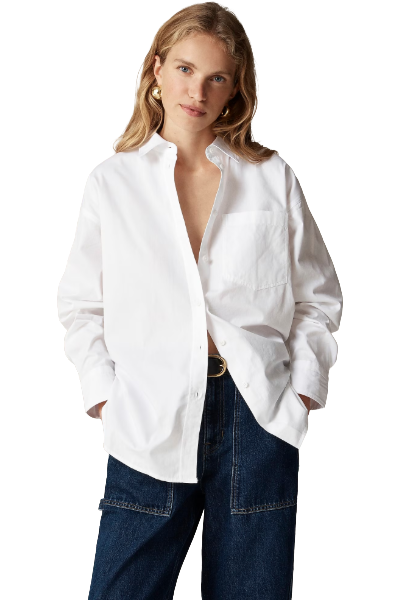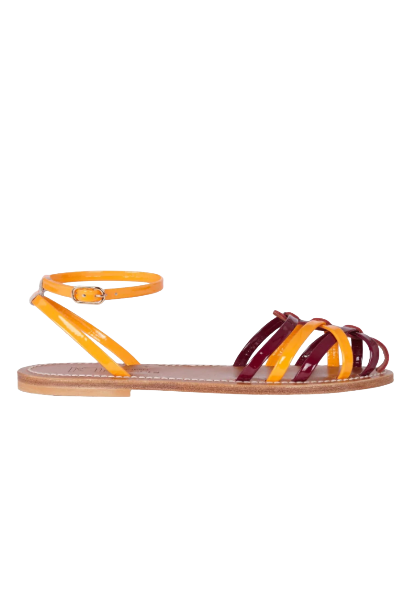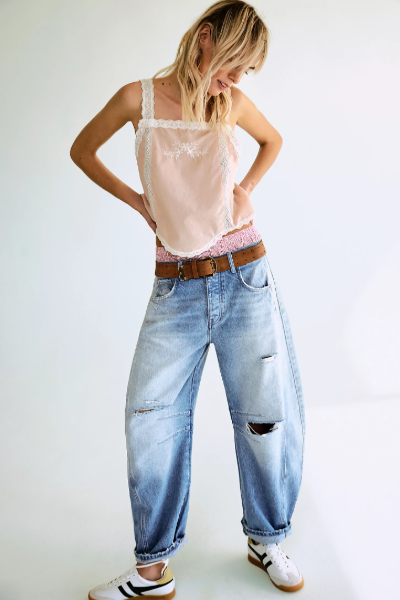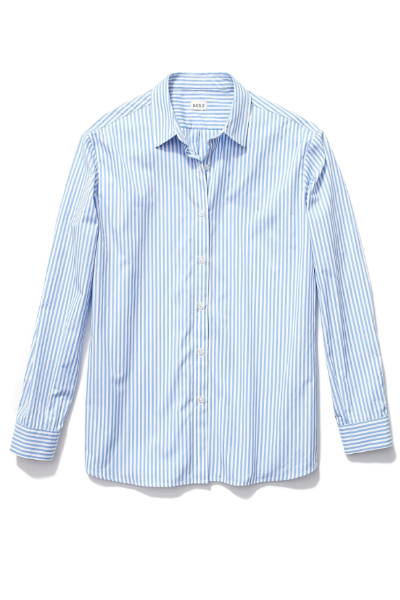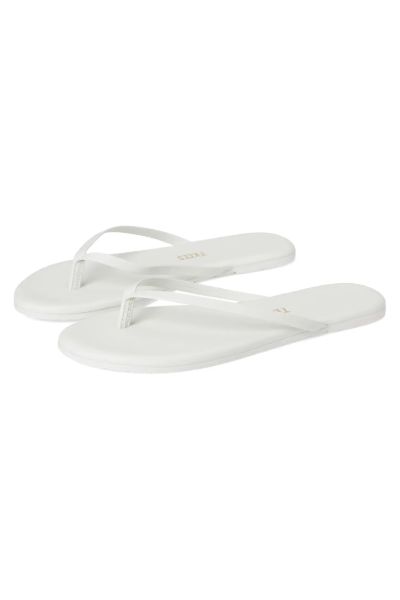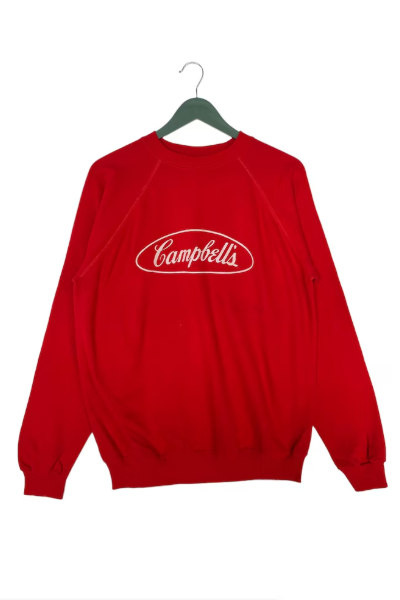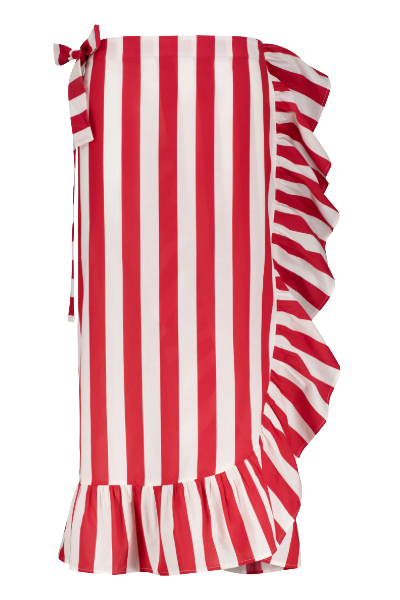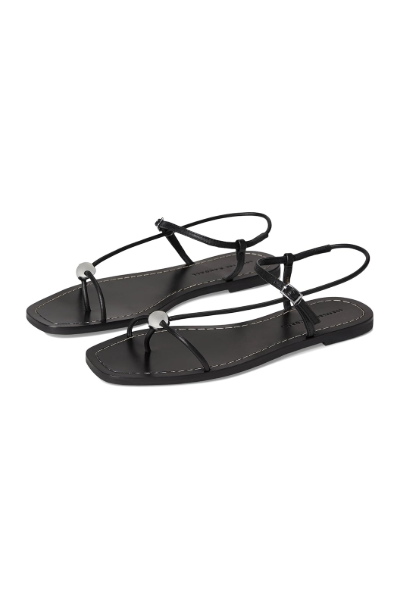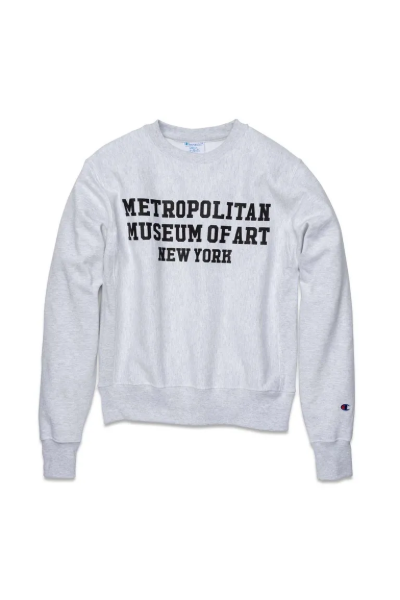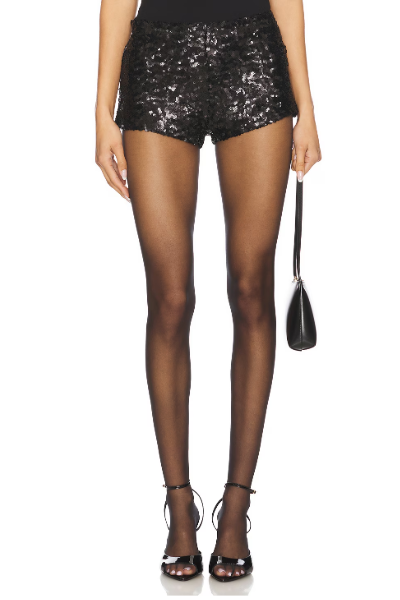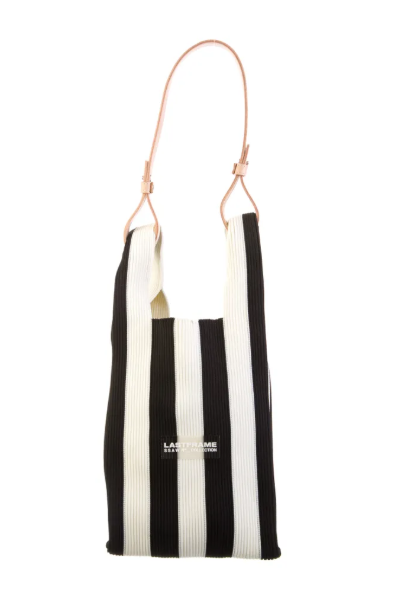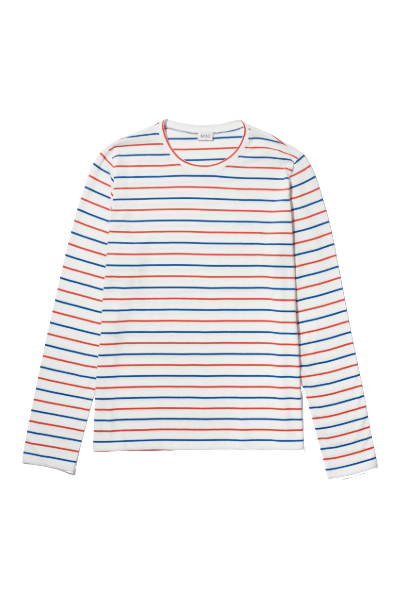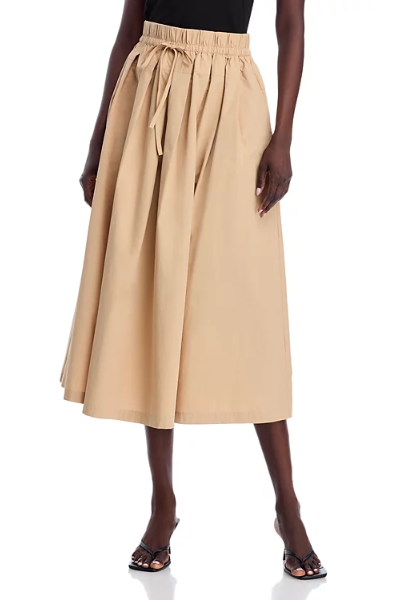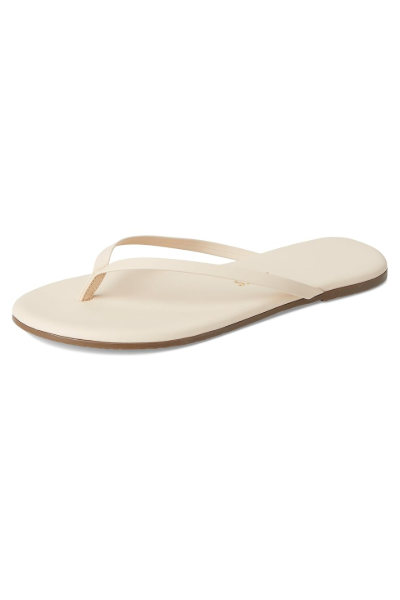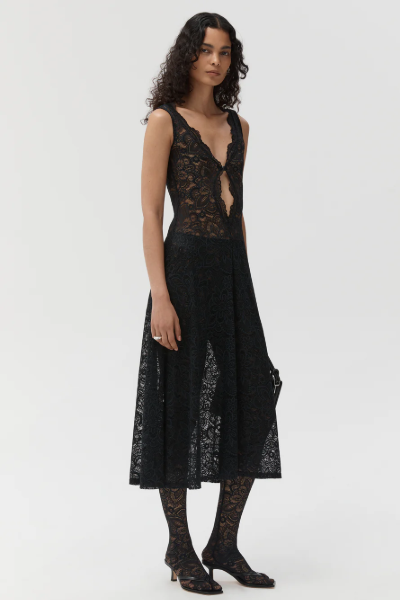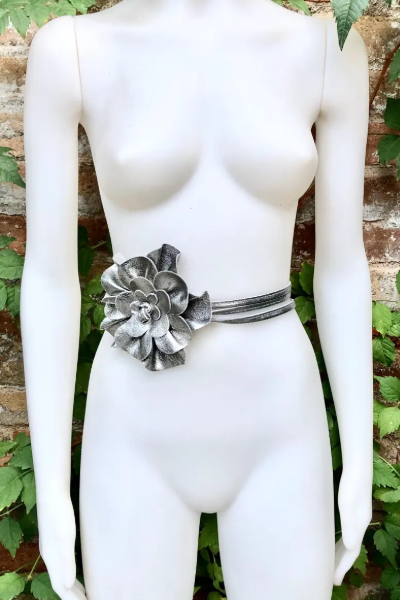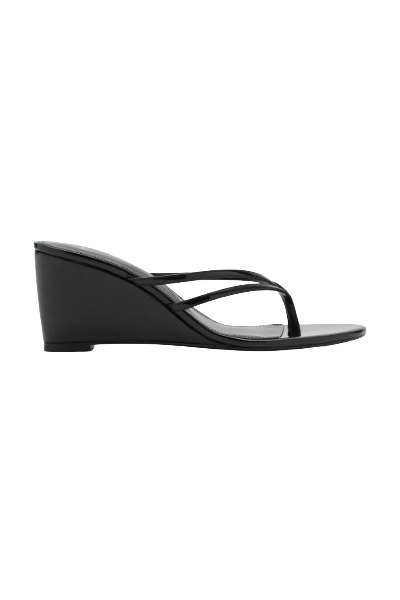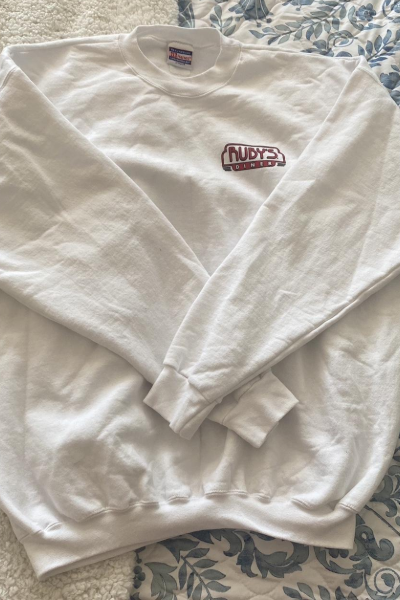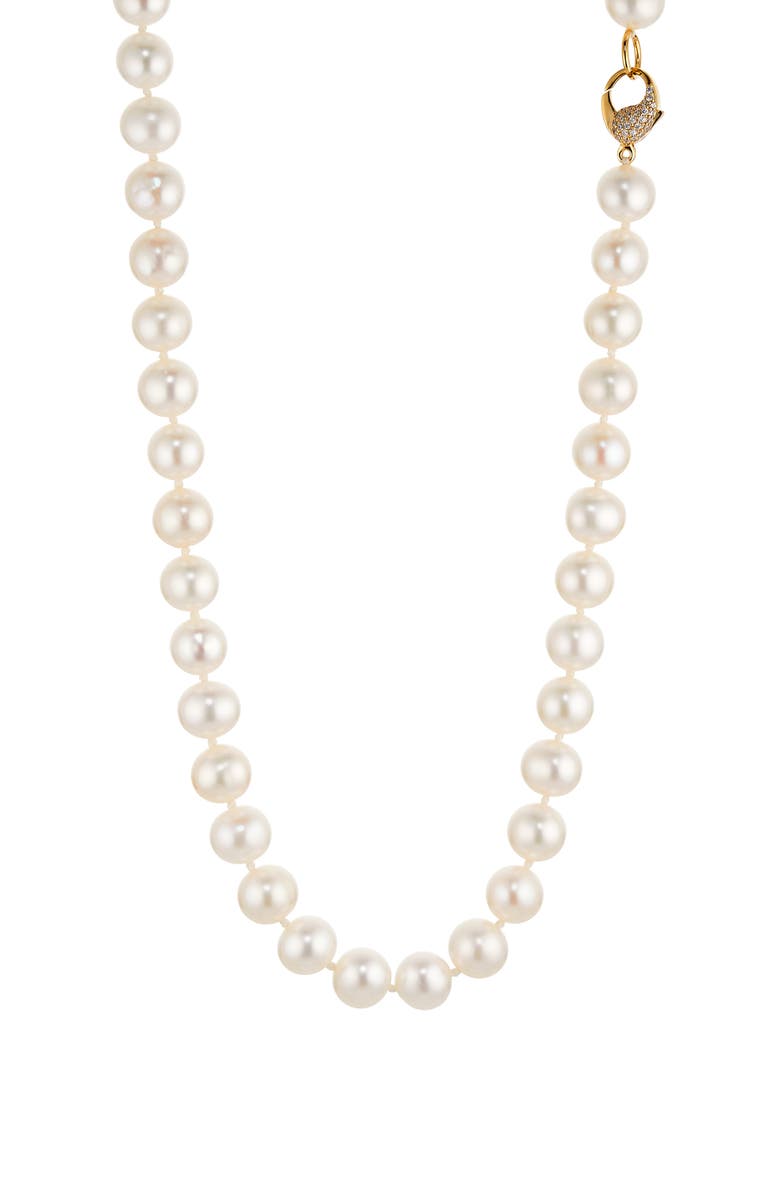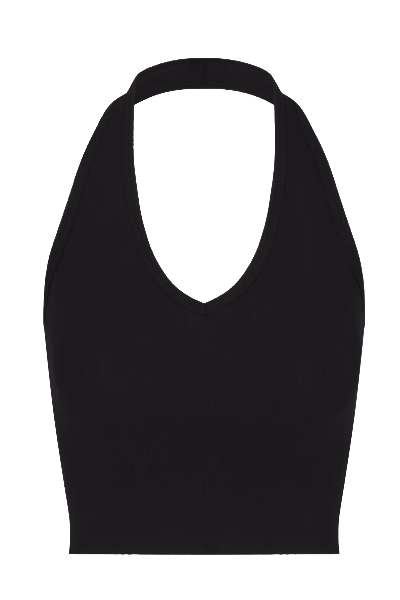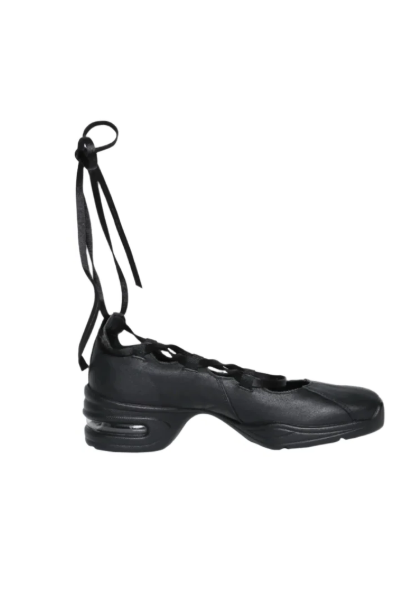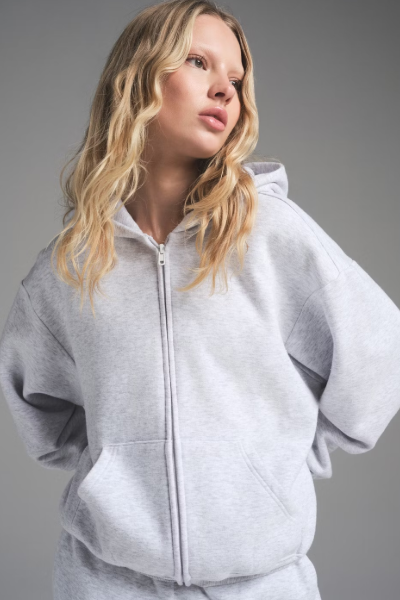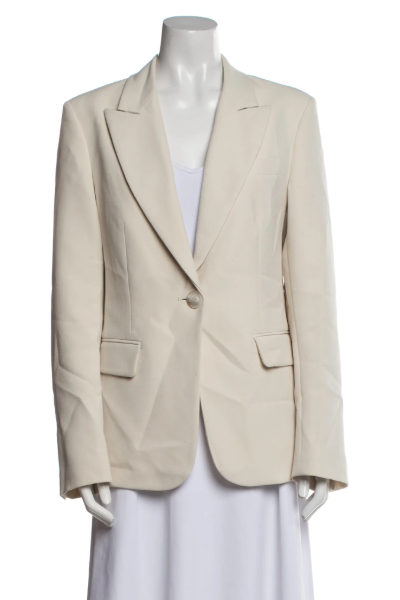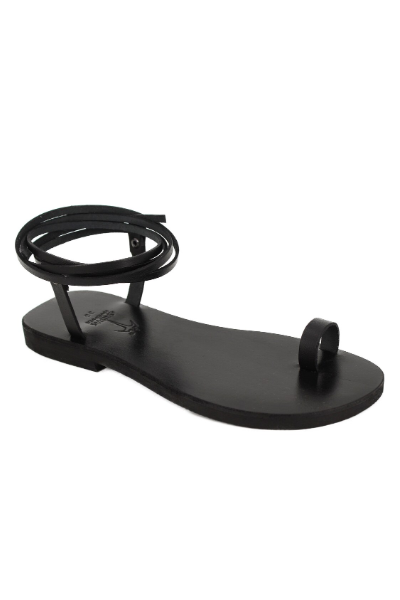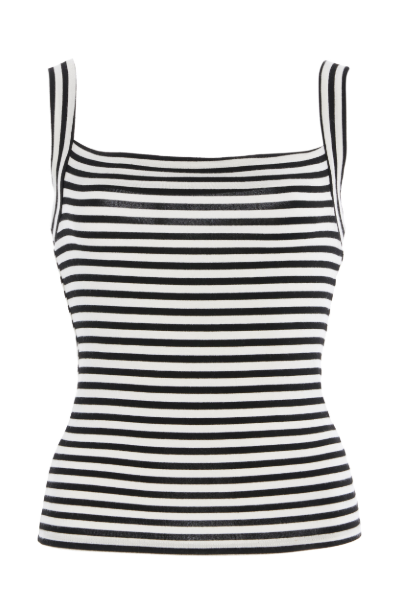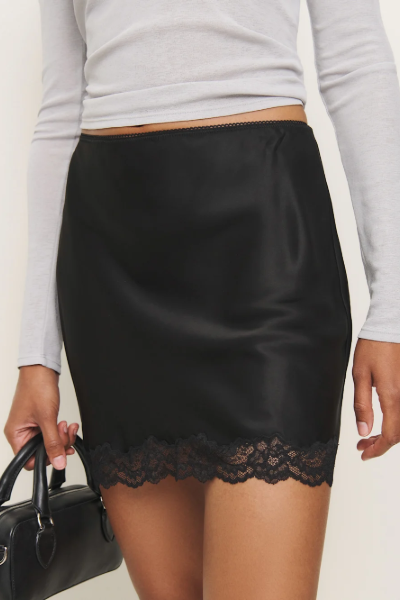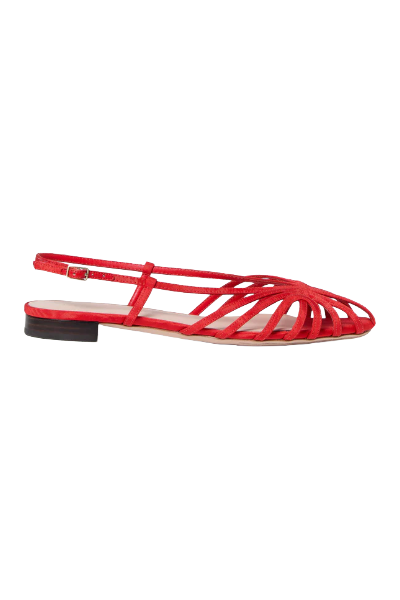This One Piece Can Be the Anchor of Every Fall Outfit—Here's the Proof
Move your old sweatshirts to the front of your closet.
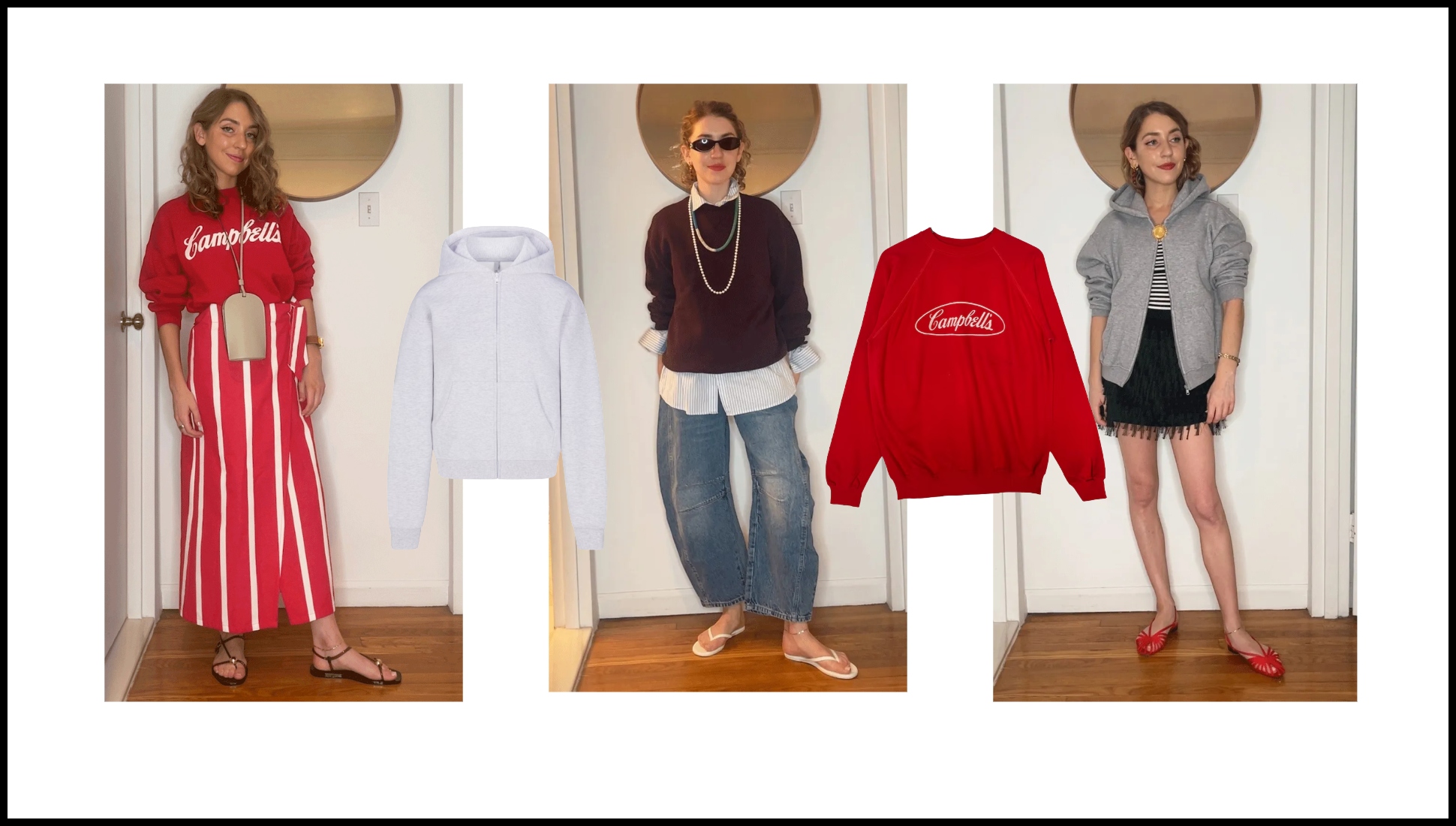
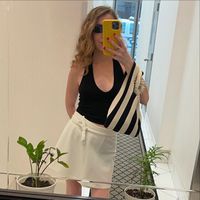
In both my work as a personal stylist and in my newsletter, I talk a lot about reimagining pieces you already own. The trick is making them feel fresh, intentional, and easy to wear again. It’s a styling approach I come back to constantly, whether I’m working with clients or getting dressed myself, because it helps breathe new life into clothes we’ve loved (or maybe stopped loving) and makes them part of our everyday wardrobes again.
A big part of how I do that is through my Silhouette System®—a framework I developed to help people identify the outfit shape they feel best in, and use it as a guide when styling. I’ve written more about it in my Substack, The Corner Booth, but the short version is: once you know your go-to silhouette, it becomes a lot easier to style your wardrobe.
I’m applying this system to style something we all have but rarely give much thought to: The Sweatshirt.
Maybe it’s from college, your parent, your partner, or that one good thing you got from your ex. Like graphic tees (which I wrote about earlier this year), sweatshirts offer a kind of everyday ease that can balance out dressier pieces. They’re also great to make your silhouette more interesting and personal by balancing against slim bottoms, contrasting with mini skirts, or softening tailored layers.
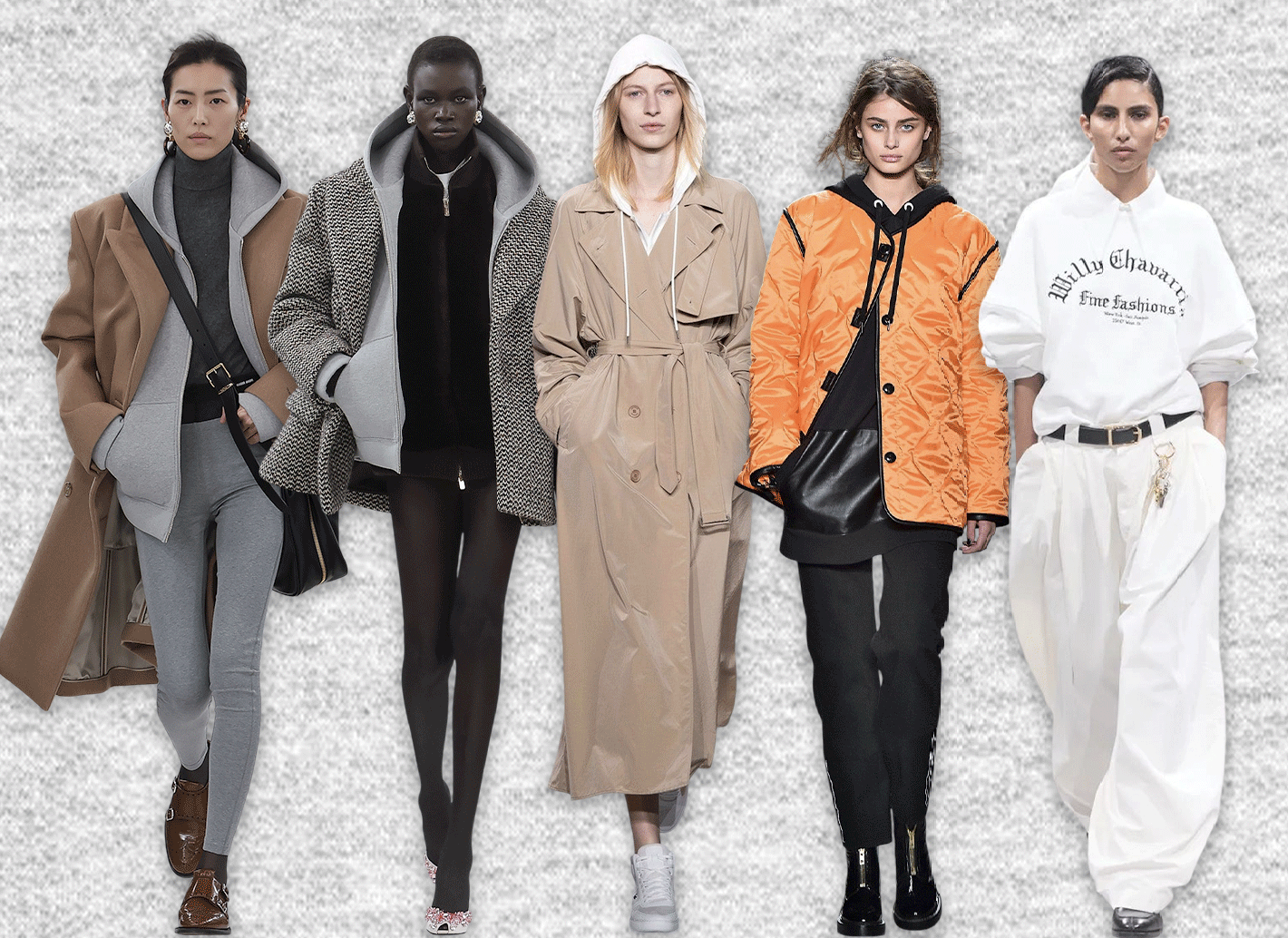
One of my favorite styling moves is pairing a hoodie under a tailored coat. It’s unexpected, visually interesting, and practical. Structured outerwear (like a trench or peacoat) becomes cooler, while the hoodie looks more polished. It’s also great for colder seasons when you want warmth but not full-on winter gear.
I also like layering a crisp button-down underneath a sweatshirt. It adds a bit of sharpness without feeling fussy, and I love how the collar or shirttail peeks out and frames your face or breaks up the hemline.
There are also a ton of other ways to style a sweatshirt, whether it’s oversized or shrunken, graphic or solid, vintage or brand new. Below are a few of my favorite approaches.
Get exclusive access to fashion and beauty trends, hot-off-the-press celebrity news, and more.
The Solid Color
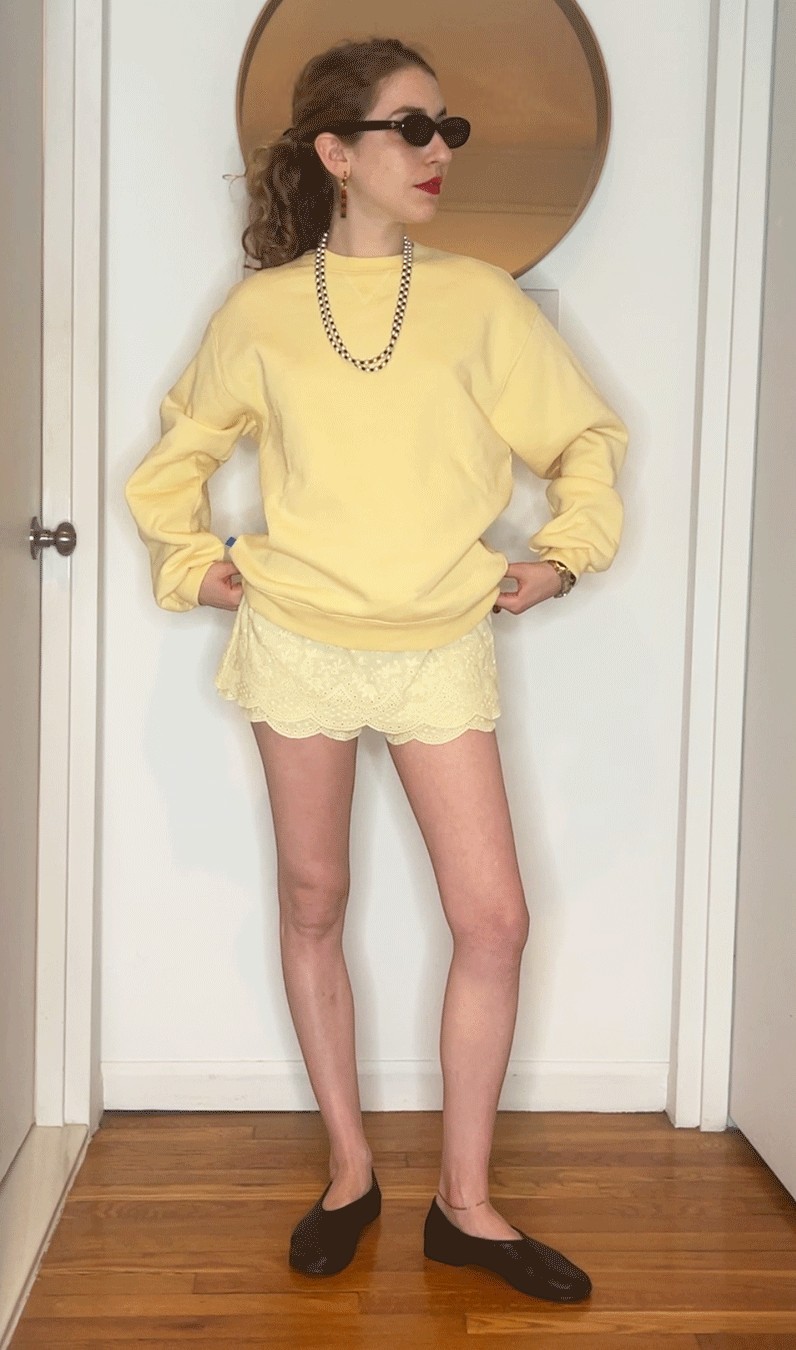
Like a plain tee, a solid sweatshirt lets you experiment with color play by either coordinating or contrasting. But where a tee is a very neutral element, a sweatshirt brings a sporty, lived-in feel that works especially well with pieces that feel more dressed-up, like lace skirts or tailored trousers.
This buttery yellow sweatshirt from Still Here is part of their "Colors" collection. I happened to have a coordinating mini skirt, which made for a unified but still dimensional outfit, with the texture of the skirt’s lace creating an interesting effect. The proportions here are in line with what I call the "Palm" Silhouette: a voluminous top over something short and slim on the bottom.
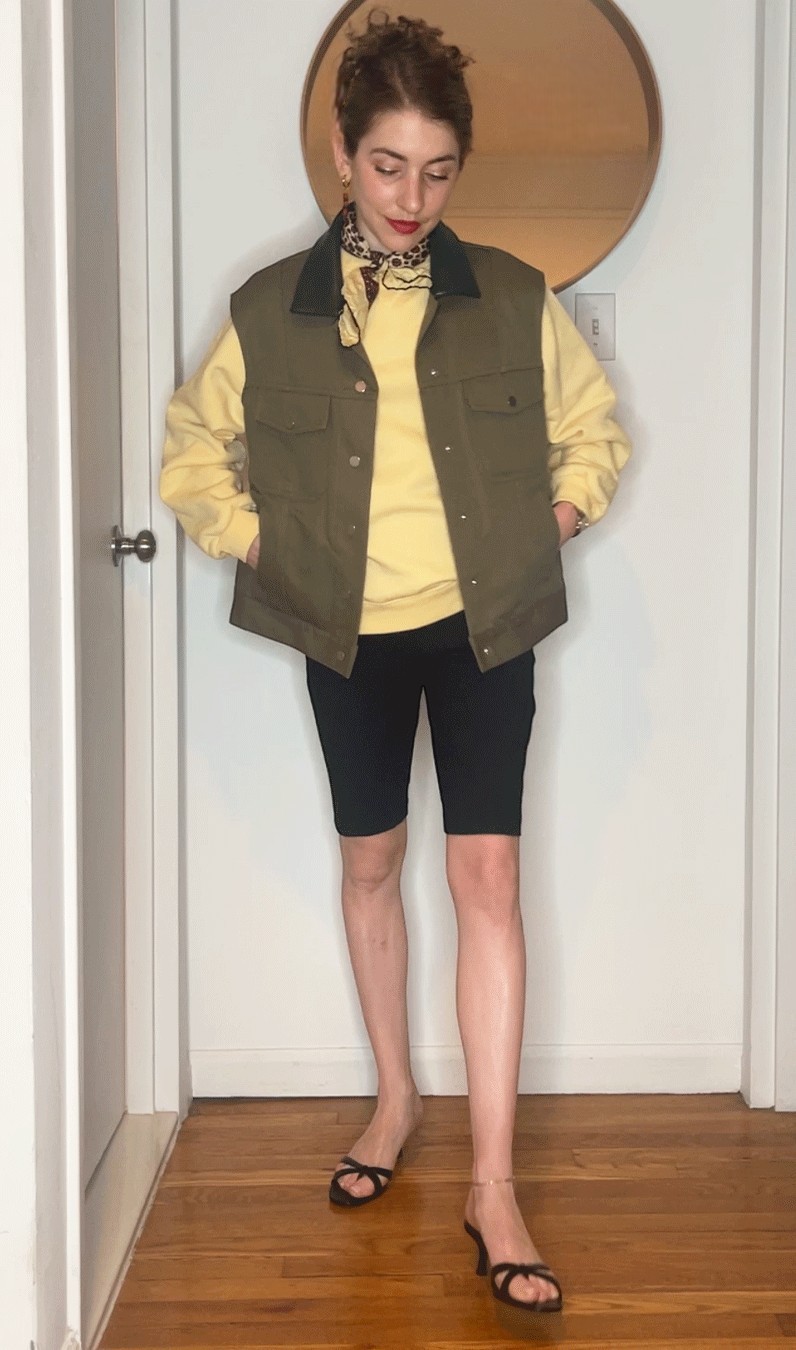
Instead of matching, I contrasted the yellow sweatshirt with black capris here. Before I added the extra vest layer and the neck scarf (a lucky match with the sweatshirt), the outfit felt a little flat. These add-ons helped me personalize it.
The Solid Color + Button-Down
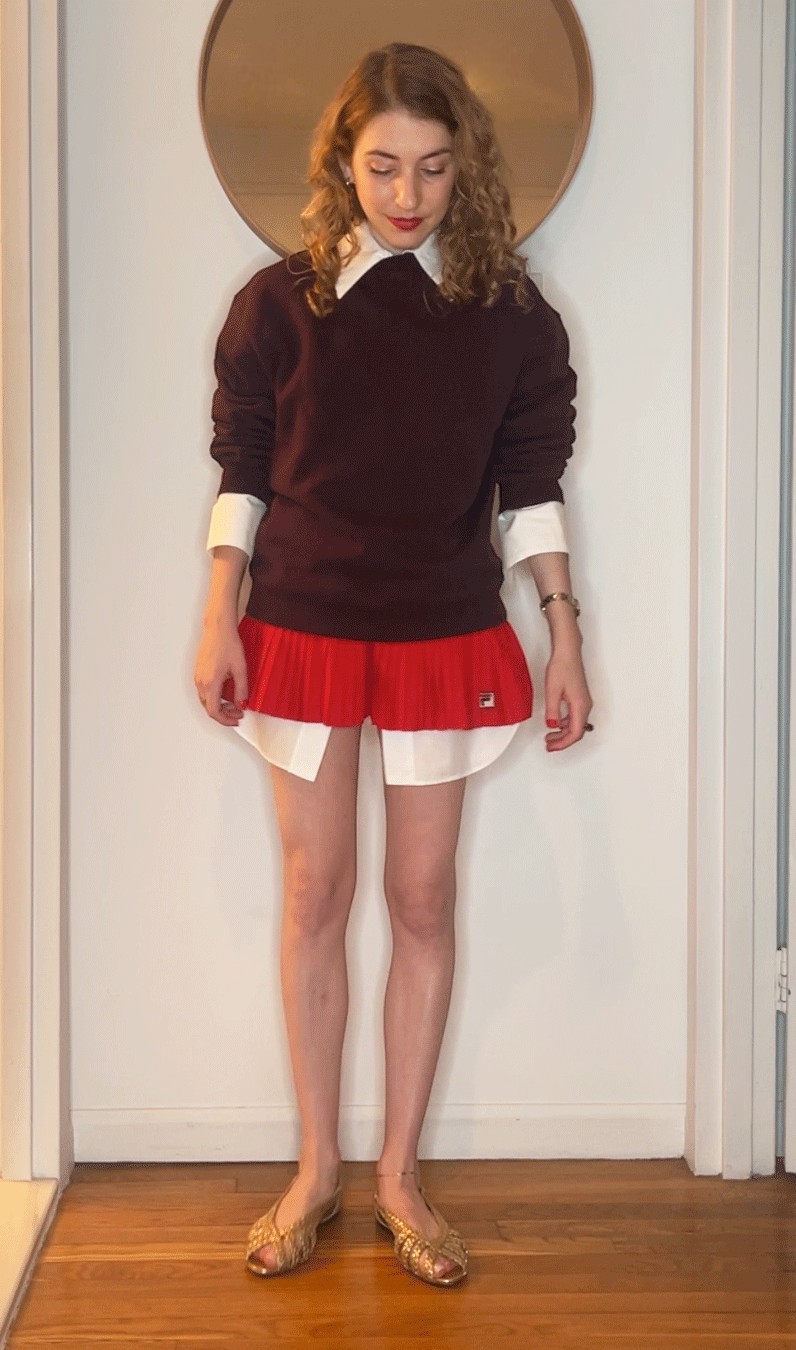
I chose to wear a mini skirt in the same color family as this plum-colored sweatshirt, also from Still Here. To break up the monochrome, I wore a long, unbuttoned shirt underneath the skirt, and let it peek out underneath the hem. The split at the waist created a flared effect with the shirt tails as a built-in design feature. If your shirt isn’t structured enough to stay open, a safety pin at the back can help.
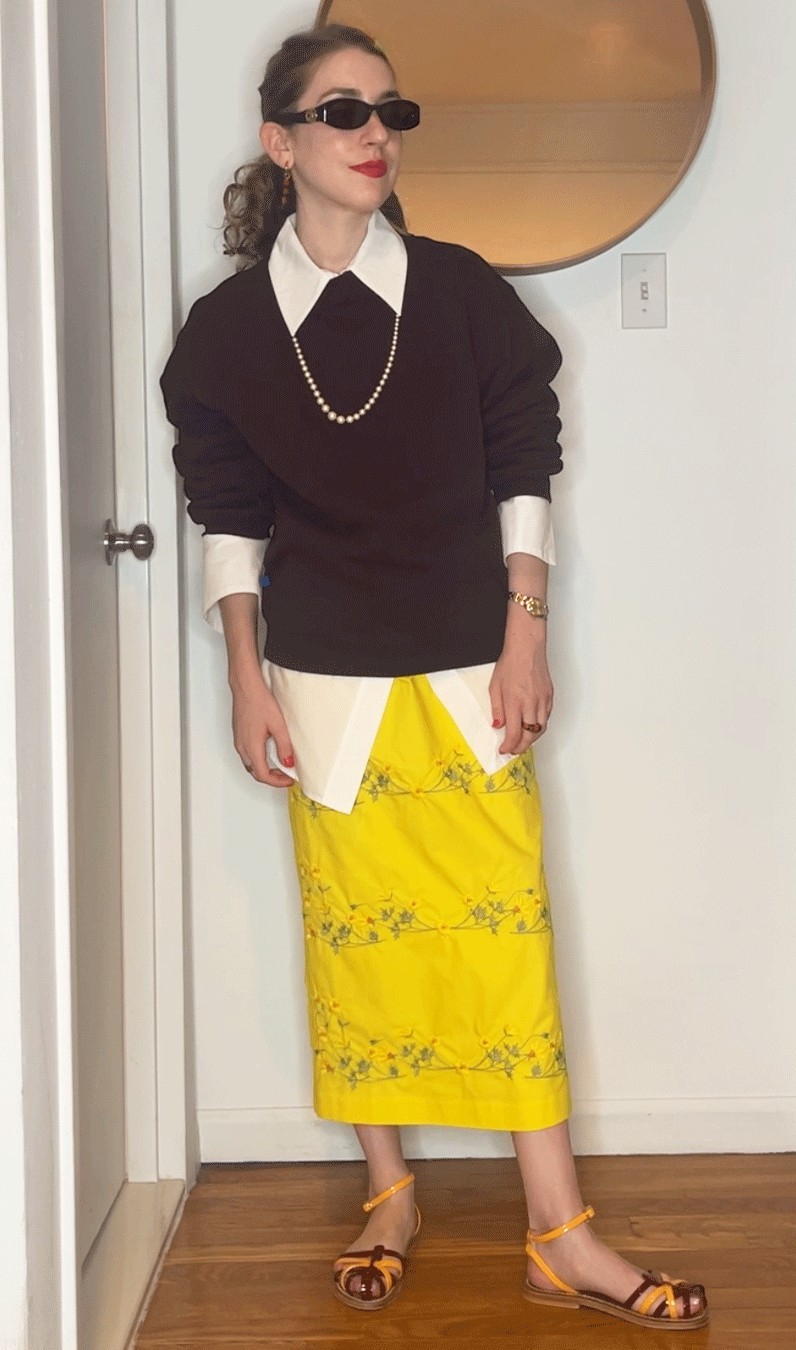
Here, I swapped the red mini for a longer skirt. I tested the shirt tucked in, but preferred the visible tails to break up the top and bottom. The sandals matched well, but this would’ve worked with flip-flops or a heel, too.
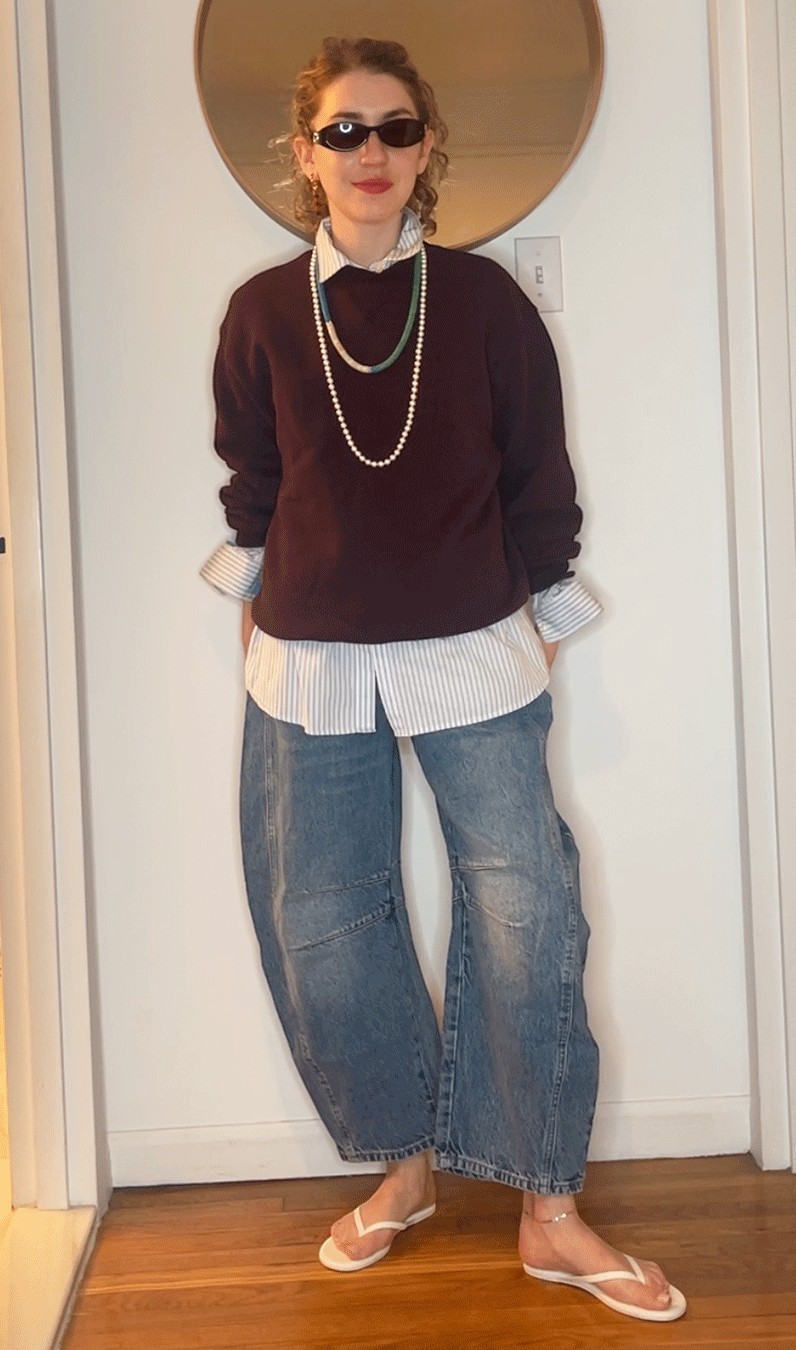
Styling a solid sweatshirt with casual pants can be tricky. You risk getting swallowed up in so much clothing. The key is to lean into the oversized silhouette, and so I doubled down on volume, then layered a button-down underneath to break up the hemline. The shirt tail trick here keeps things from feeling heavy. You could also do this with a lace-trimmed slip or even a long tank. The key is to let something peek out beneath the sweatshirt’s waistband to keep the silhouette from being boring.
I borrowed these sweatshirts from the brand, but if they were mine, I’d cut the side seams (about 2–3 inches) to loosen the waistband. I almost always want less cinch at the bottom of a sweatshirt.
The Graphic Sweatshirt
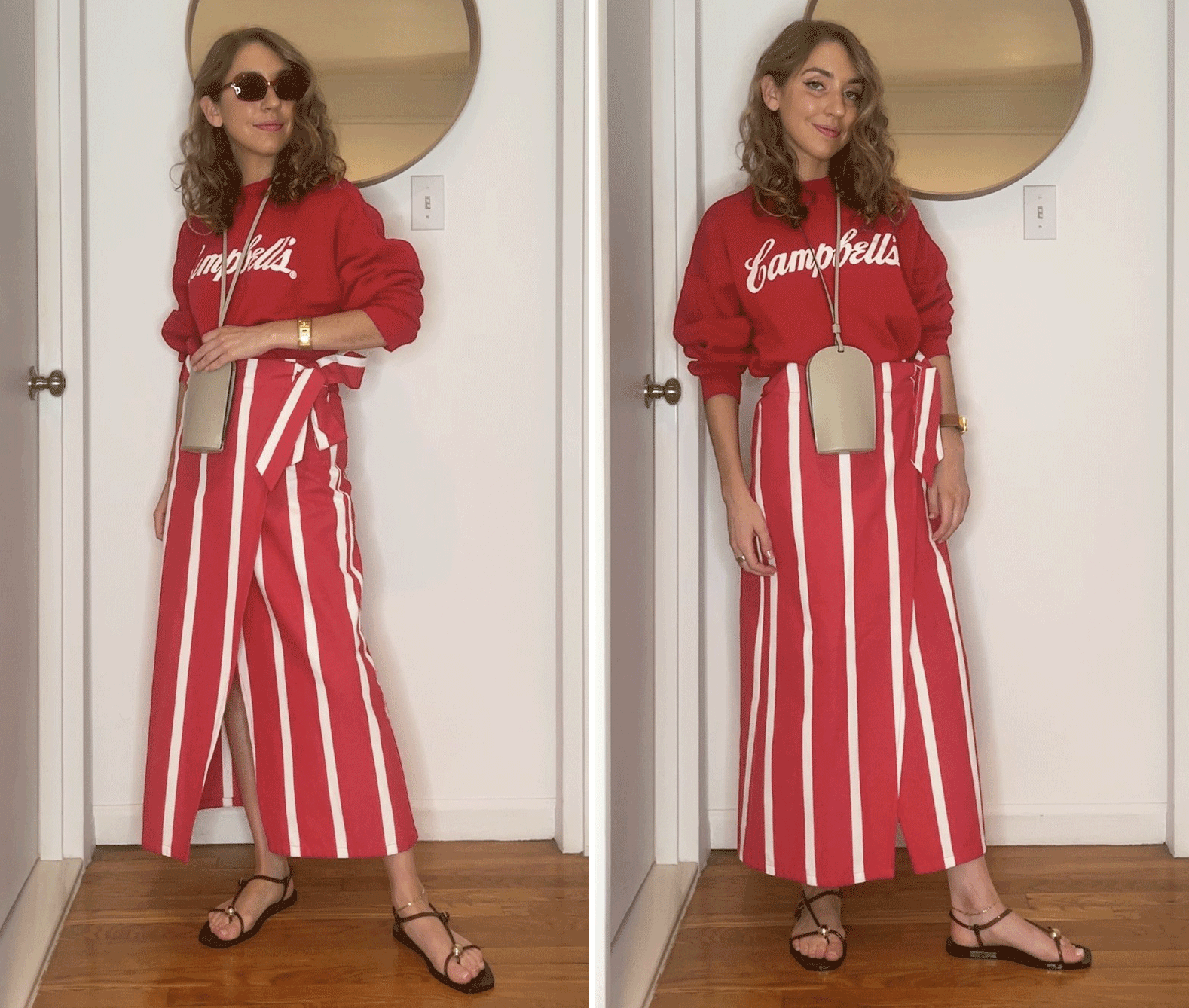
While a solid sweatshirt can risk reading like a block of color (unless layered or accessorized), a graphic one is much easier to style, as the design itself provides visual interest. You need fewer layers to make the outfit compelling because the sweatshirt already makes a statement.
Two key things about this sweatshirt: first, the graphic. I wouldn’t have paired a solid crewneck with this coordinating long skirt, as it would have been too heavy. But the logo breaks it up, giving the outfit balance. Second, because the sweatshirt is vintage, the fabric is thinner than that of a brand-new sweatshirt. It drapes more like a heavy tee, making it easier to tuck.
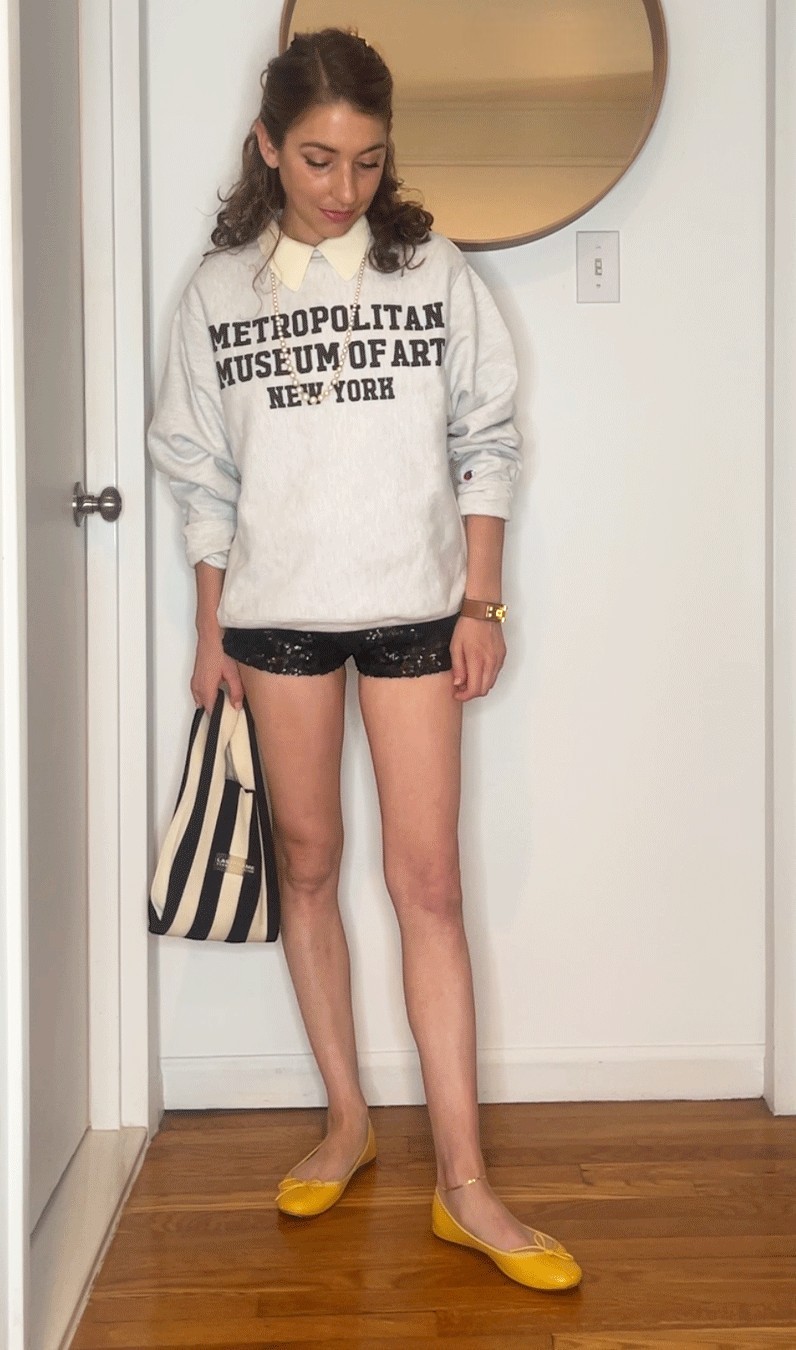
Who says a sweatshirt can’t go out at night? A graphic style adds a sense of ease to pieces that could skew dressy, like sequins and pearls. The play between casual and formal makes it cool rather than fussy.
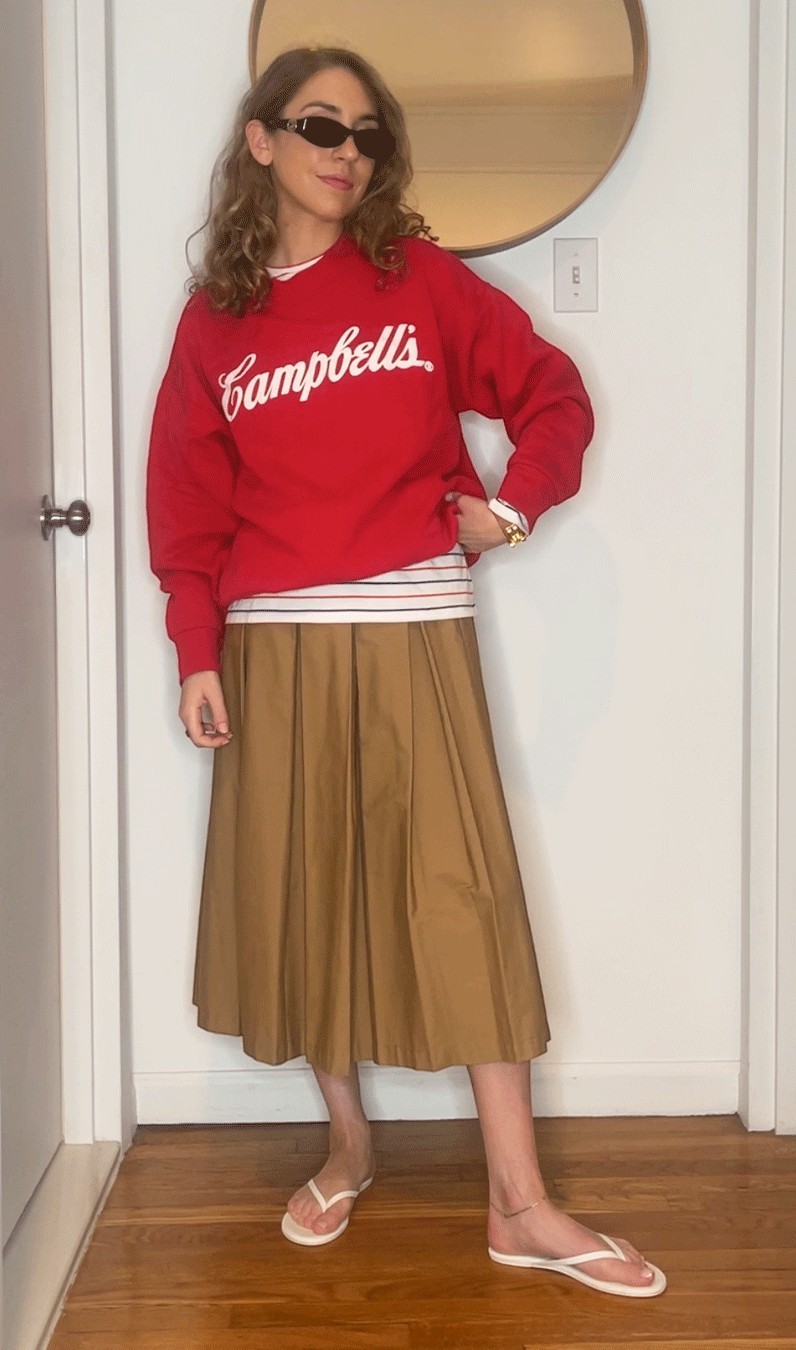
Graphic sweatshirts always nod to collegiate style, even if the logo is soup. I leaned into that vibe with a pleated khaki skirt that feels uniform-adjacent, then added flip-flops to make it feel less heavy. To keep the proportions from feeling blocky, I layered a striped tee underneath, letting the hem peek out and break up the silhouette at my waist. The effect is playful, like I’m ready to head to class (books and folders not included).

This look might be my favorite: a casual grey crewneck thrown over a lace dress. To keep it from looking like I just grabbed my partner’s sweatshirt at the end of the night, I added a silver waist belt. Against the heather grey, the metallic doesn’t scream—it reads like a subtle accent, making the whole pairing feel deliberate.
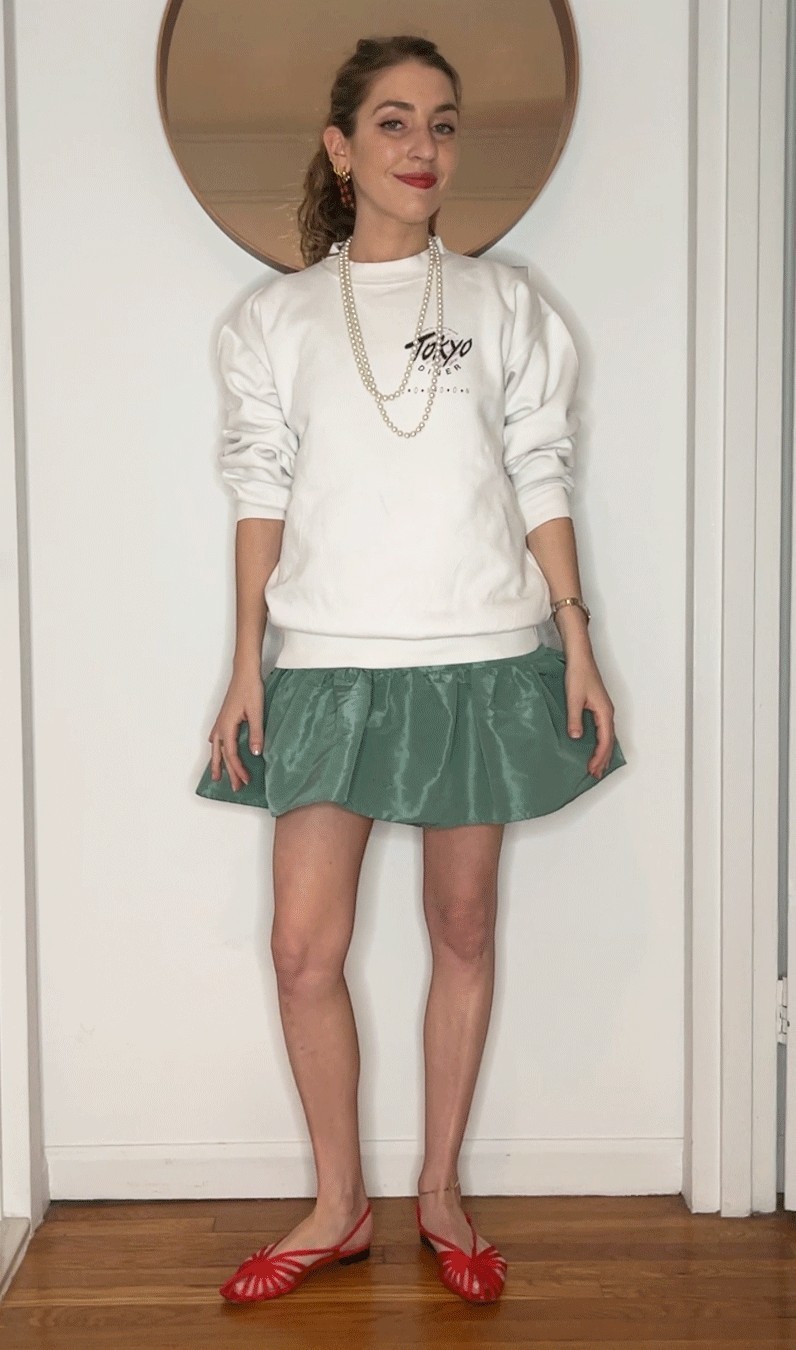
I like the contrasts of a sweatshirt over a girly dress, but the key to connecting the two is the shape of the dress. This drop-waist dress has a seam that lines up almost perfectly with the sweatshirt’s band, so instead of competing, the dress acts like a trim. Though I like the sportiness of the graphic here, it isn’t necessary; any sweatshirt that lines up well would do the job.
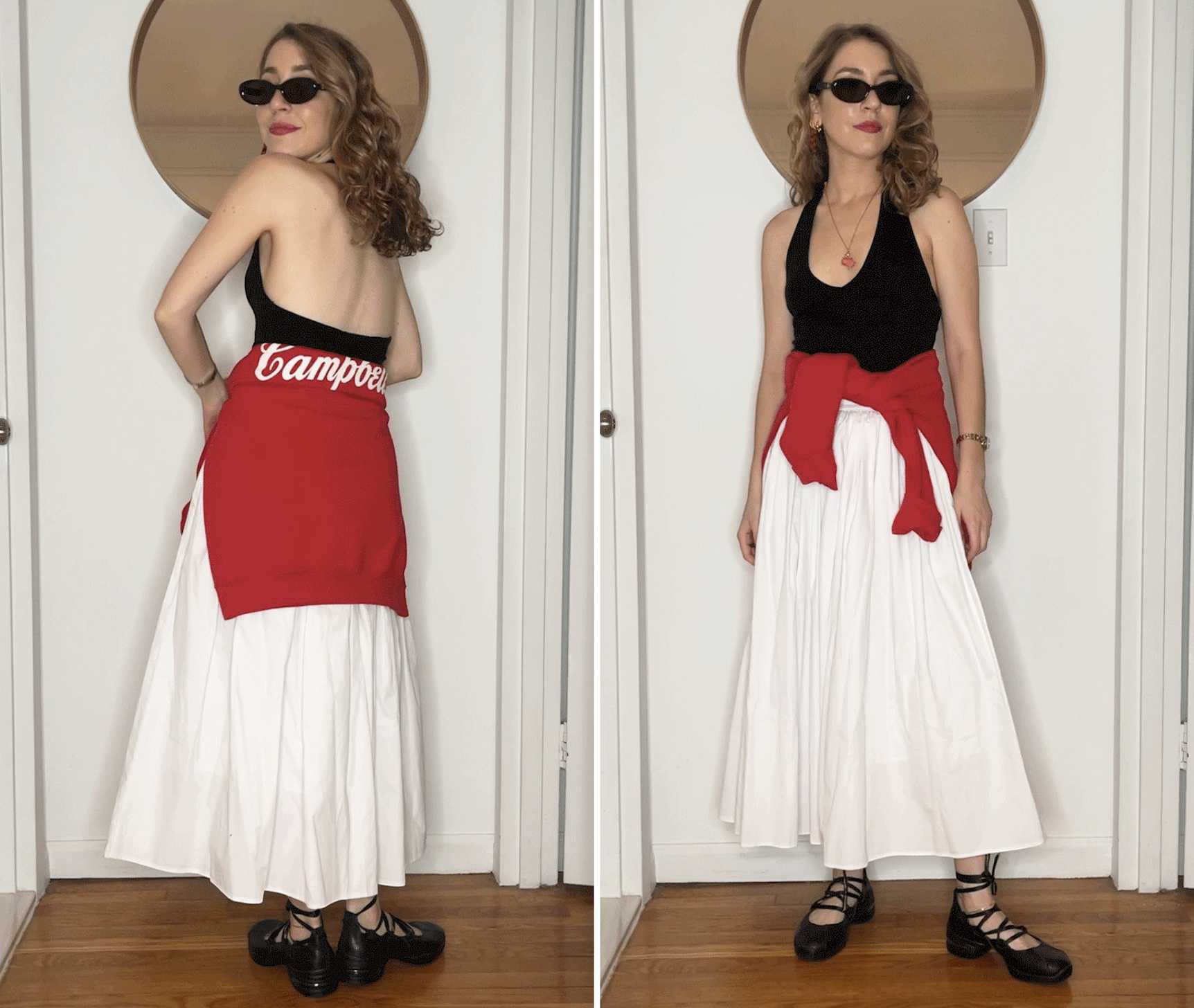
Instead of wearing the sweatshirt on my torso, I used it here as a silhouette accent by tying it around my waist to add volume and emphasize the fullness of the skirt. I especially like a graphic sweatshirt for this trick, because it gives a little surprise from the back. Two things make it work: first, a vintage or thinner sweatshirt feels less bulky and stays put more comfortably (a heavy fleece tends to slip and untie). Second, I roll the cuffs once before tying it around my waist, which adds just enough weight to keep the sleeves from flopping around.
The Hoodie
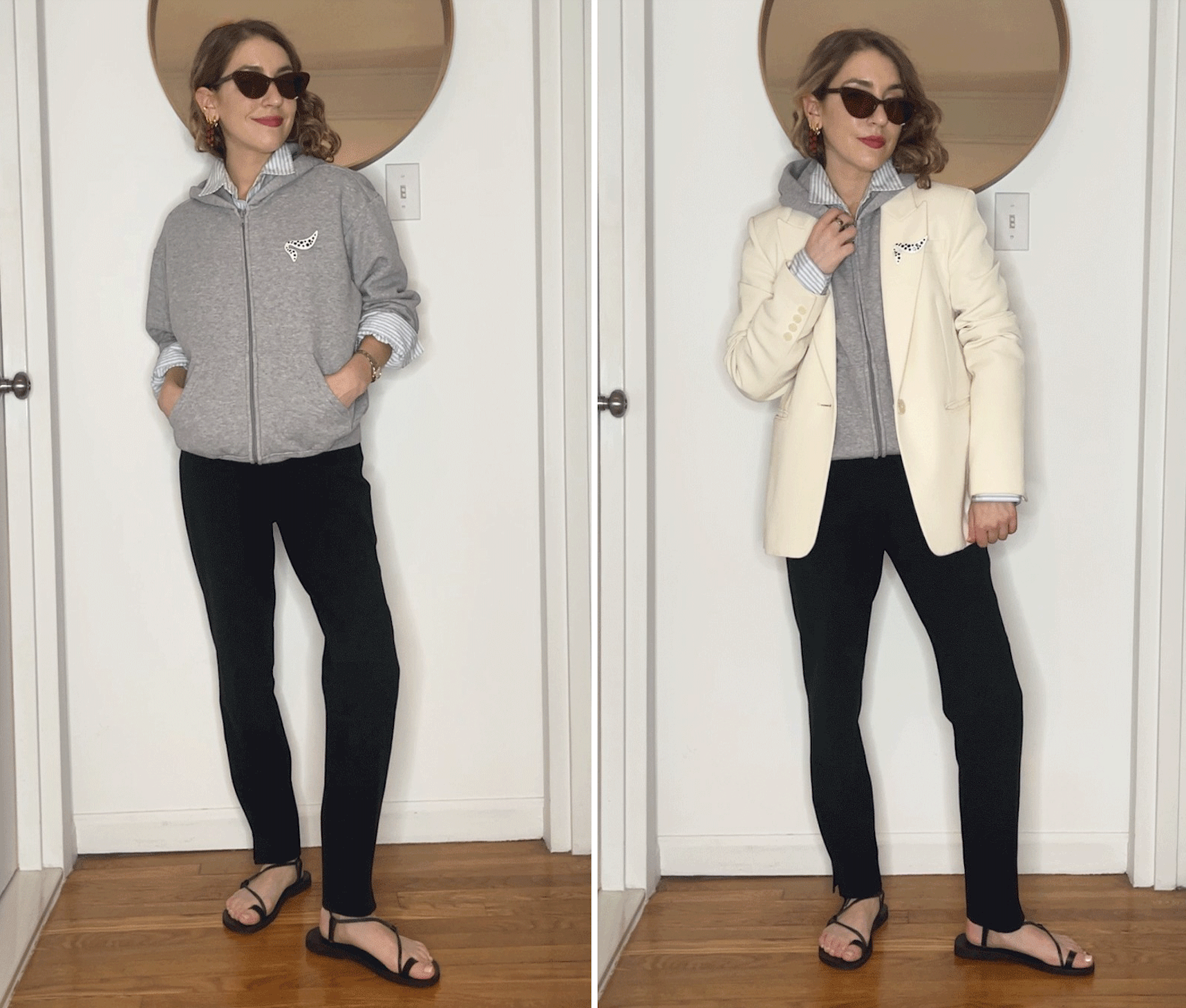
Per the aforementioned runway looks, I love a layered hoodie, and I think it’s a really good styling hack to make a hoodless tailored jacket more wearable (and warm as it gets colder).
The zip-up hoodie can be an unexpected swap for (or addition to) a cardigan or blazer. On the left, I am wearing the hoodie with an added brooch layered over a button-down shirt and trousers. On the right, I added a blazer on top to push the tailored-versus-casual contrast even further. The flat sandals keep the look from feeling too bulky, adding lightness to all the structure on top.

Here, I repurposed the hoodie as a cardigan. A zip-up can look sloppy if left open, so I held it together with a brooch, a styling trick that instantly makes it feel more elevated and personalized.
Move your old sweatshirts to the front of your closet and let them inspire you to repurpose your summer wear, layer up on cooler days, and add interest to your silhouette.
Don’t sweat it, wear a sweatshirt! Sorry, I had to!
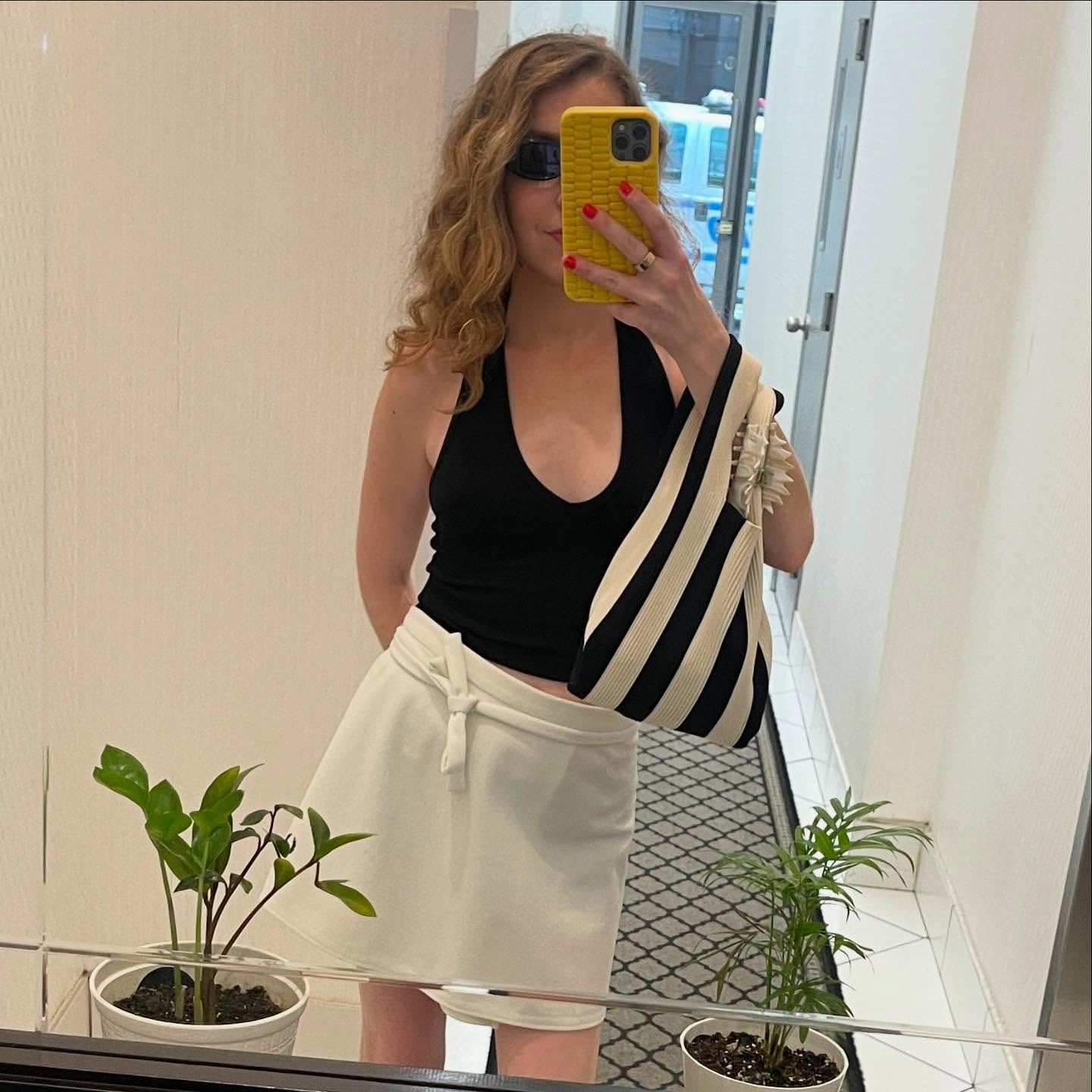
Elizabeth Cardinal Tamkin is a stylist, writer, and former market editor. She holds a BFA in Fine Art and has held positions at Vogue and Man Repeller, among others. Elizabeth is the content director for KULE and authors popular Substack The Corner Booth, where she writes about personal style and her Silhouette System™.
